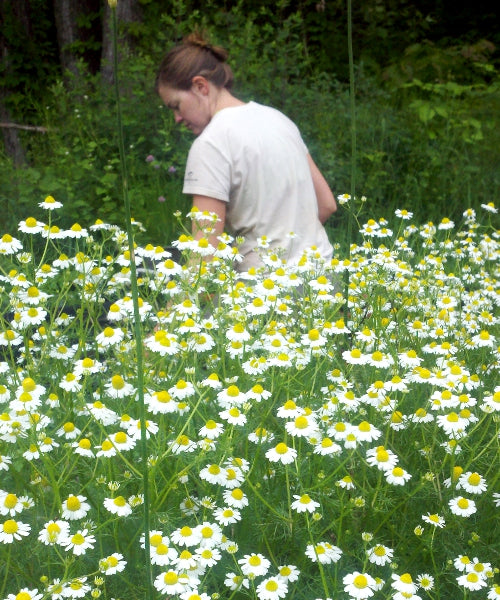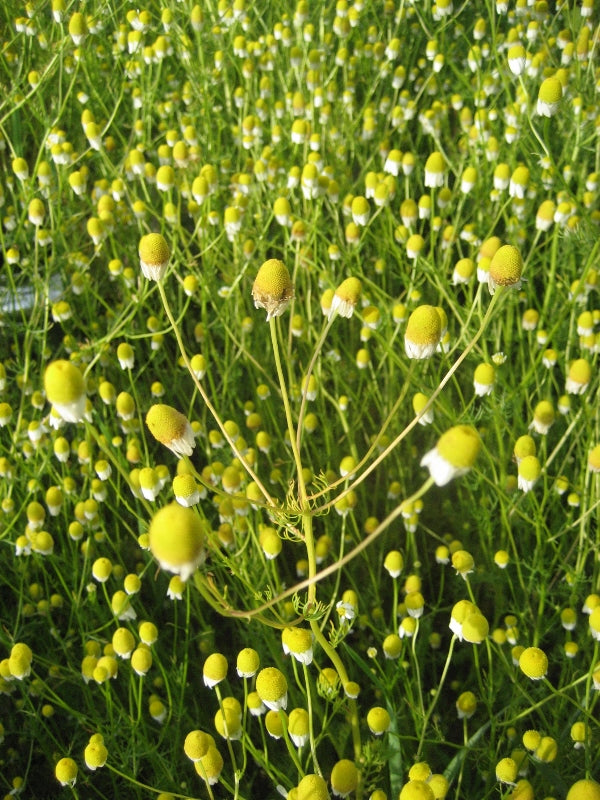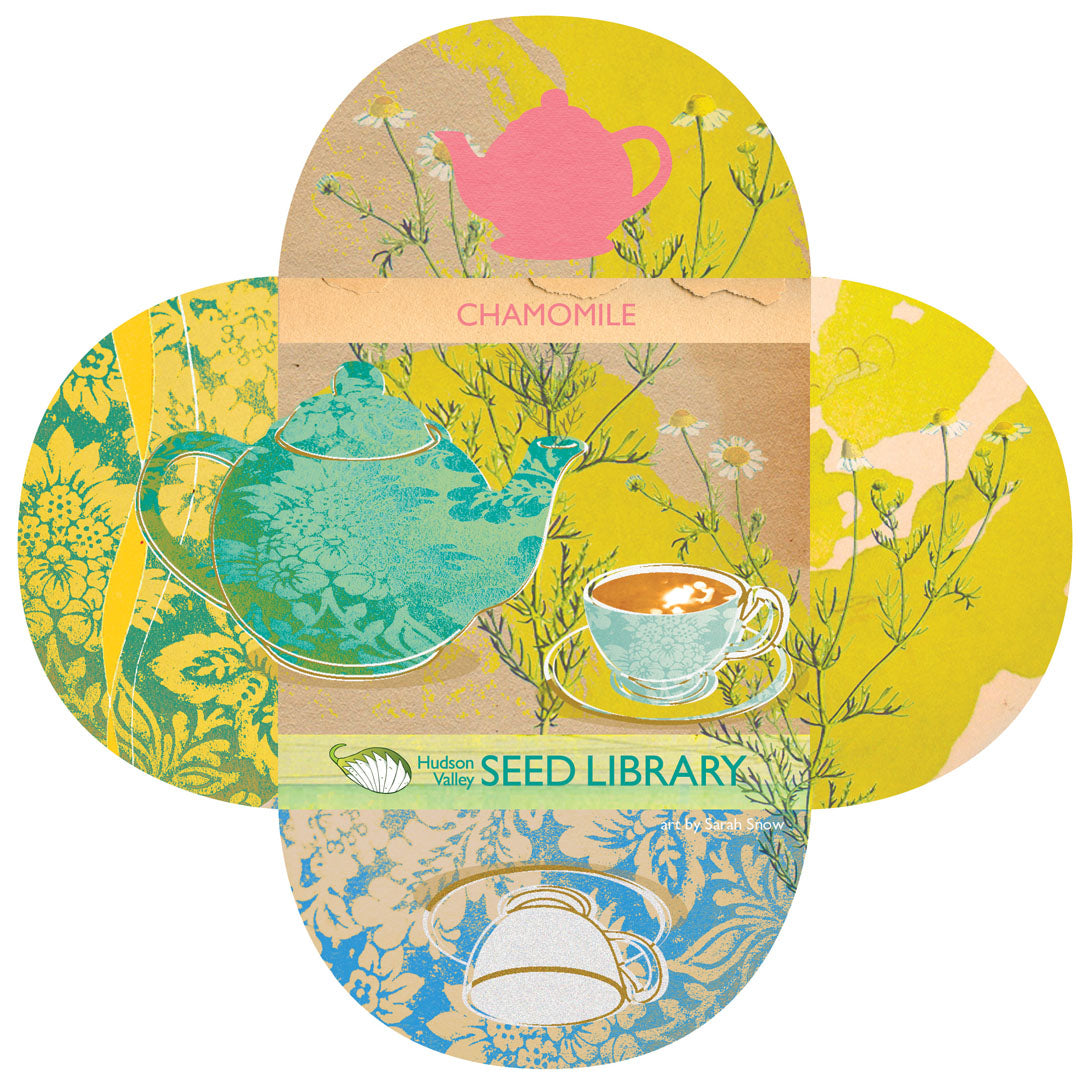Sometimes I’m asked which type of seed is my favorite to save. I love to winnow zinnias in the wind letting the breeze naturally select and discard the chaff. I also enjoy the piñata party-like exuberance of threshing brassica pods with a stick. But most of all I like the seeds that save themselves. I have a real admiration for the seeds that don’t need me. Those food plants that have preserved their ability to reproduce without the need for meddling humans are tenacious, crafty, and give me hope. They give me hope that no matter what agriculture giants, profit motivated biotech corporations, and misguided government bills do to recklessly promote mono-crop agriculture practices and breed or genetically modify seeds that can’t be saved, there will always be some open-pollinated dill or mache growing free in someone’s garden. There will be side yards and road gullies with escaped amaranth and spicy mustard. And there will be the spring surprise of self-sown seed.
Right now we have arugula that flowered, podded, dropped seeds, and grew again in the same spot. We'll have plenty to eat from this tasty plot, without having done anything! Our chamomile pile comes back every year because we let them flower, dry on their stems, and watch the seeds fall like dust in the sun. Although I'll pull out the old plants, I don't disturb the area too much. Next spring all I'll have to to is thin out the chamomile seedlings that come up. Same with Spider Flowers and Love in a Mist. Just let them do their thing, enjoy watching them complete their full life-cycle, and don't disturb their homes too much.
On the other hand, if you don't want your self-sowers to come back where you don't want them, carefully clean your beds. If it's too late for you to plant a cover crop, simply mulch those areas and you won't have too many volunteers popping up next spring.Ground Cherries can self sow like crazy, and you may not want them too. They are not invasive, just crafty. Rake up any remaining fruits on the ground. Turn the soil a bit, and put down a layer of cardboard with soil and mulch on top. That should do it!
But, if you have a patch where you're happy to have the plants plant themselves, then neglect goes a long way. We have much to learn from the self-sowers. No one harvested these seeds at the perfect moment, dried them under ideal conditions, stored them in absolutely air tight containers in a dry cool place and coddled them into growth the next year. In most likelihood, our seed saving ancestors learned from the plants and saved seeds any way they could over the last 12,000 years. As you end this year's garden with the full circle vision of a seed saver, be willing to experiment, be brave, don’t stress, and be open to learning from the plants. Choose a few plants to observe and let them tell you the stories of their entire life cycles. And, when you can, let them do the seed saving for you.









